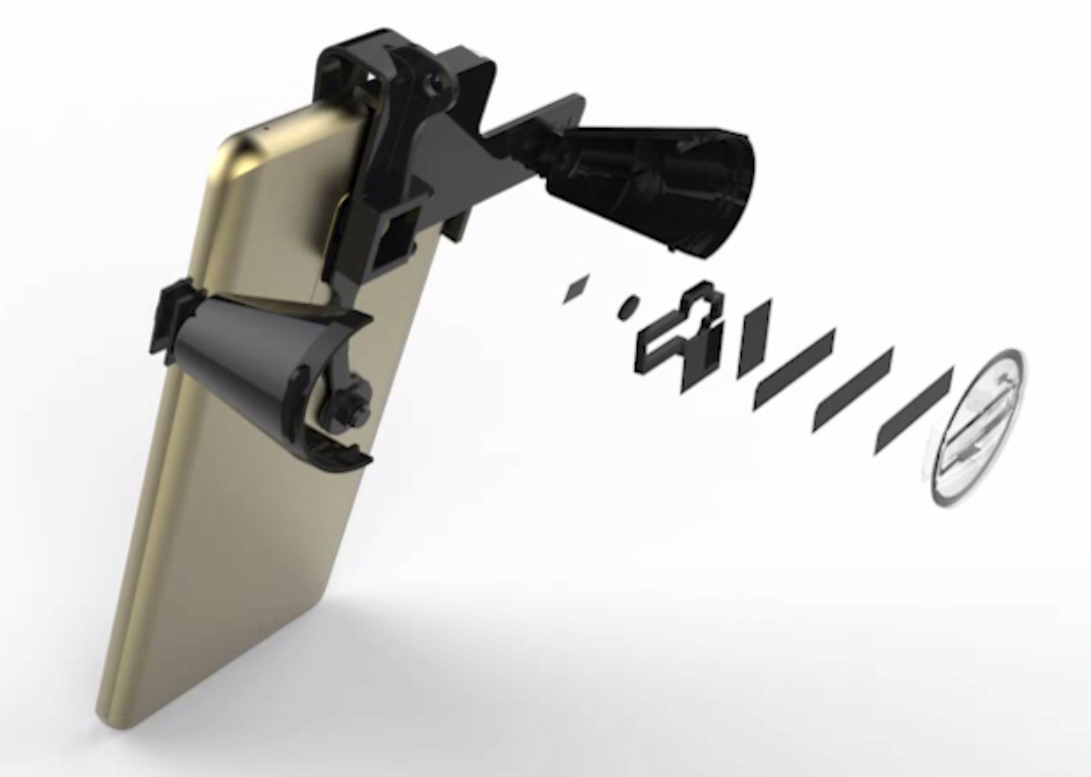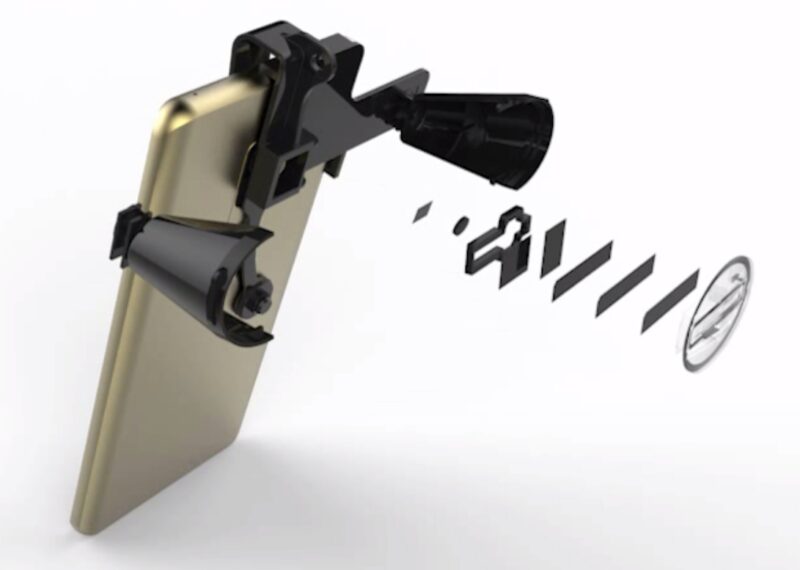One example of a smartphone spectropolarimeter is the ISPEX (Integrated Smartphone Spectroscopy and Polarimetry Explorer) developed by researchers atLeiden University and Pocket Science in the Netherlands. ISPEX is an app that can be downloaded to a smartphone, and it uses the phone's camera and an optical sensor to collect data. The app is designed to work with a special attachment, called the ISPEX add-on, which is placed over the phone's camera. This add-on contains a polarizer, which is used to measure the polarization of light, and a diffraction grating, which is used to measure the wavelength of light.

ISPEX is designed to be easy to use, even for people with no prior experience in spectropolarimetry. The app guides users through the measurement process and provides real-time feedback on the data being collected. It also allows users to share their data with other researchers, and the results can be used for a variety of applications, including environmental monitoring, food quality control, and medical diagnostics.
ISPEX is an example of how smartphones can be used to make spectropolarimetry more accessible to a wider audience. The app is available for free and can be used by anyone who has a smartphone and the ISPEX add-on. It also opens up new opportunities for citizen science and crowd-sourced research, where large numbers of people can contribute to scientific research by collecting data with their smartphones.
In conclusion, ISPEX, the smartphone spectropolarimeter, is a powerful tool that makes spectropolarimetry more accessible to a wider audience. It is easy to use, and it can be used for a variety of applications. It is available for free, and it opens up new opportunities for citizen science and crowd-sourced research. With the help of ISPEX, anyone can use their smartphone to collect data and contribute to scientific research.
